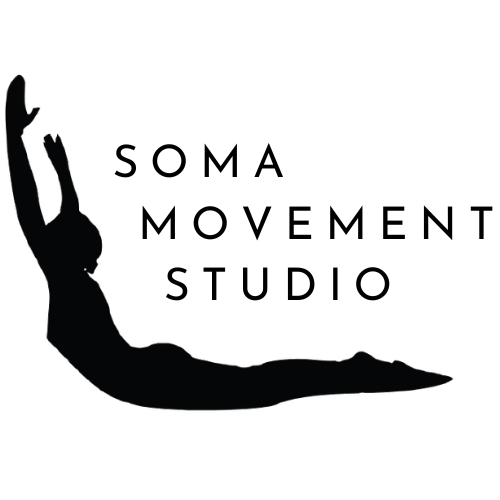One of the more common issues our clients deal with when starting an exercise program is chronically tight and sore muscles. If your muscles are tight and sore, then you are not going to move comfortably and fluidly. We at SOMA Movement Studio believe that you should first relax those muscles, then proceed to challenge yourself athletically. There many situations and scenarios that can lead to tight muscles, but all have a unifying theme: some type of stress whether it is mechanical or perceived, causes a unconscious and reflexive contraction who's goal is to protect the muscle and the structures in the body that are associated with it.
A basic understanding the functional anatomy and physiology of the neuromuscular system is necessary to understand chronic, tight muscles. There are main two systems that can initiate muscle contraction; the brain mediated (conscious voluntary system) and the spinal cord mediated (unconscious reflex system). The conscious voluntary system is that one that carries a message from the cortex, or outer layer of the brain, through the spinal cord and nerves, to the muscle to initiate a movement that you thought of. For example, it is this system that moves your arm to pick up a pencil when you want to write something on a piece of paper.
The unconscious reflex system is used when there is not enough time to "think" about a movement. In this system, sensors (neural receptors) in the muscles or skin sense pain, muscular stretch, or other "danger" signals and send those signals to the spinal cord. If the danger message is strong enough, the spinal cord converts this sensory information and sends a message back to the muscle to contract, thus protecting the part of the body in danger. This system does not require input from the brain. An example of this system is when you touch a hot stove and your arm pulls back before you've even realized you've burned yourself.
This unconscious reflex system also responds to stress and chronic mechanical trauma in addition to acute situations. One way to look at stress is that it is a perceived or anticipated danger or fear. Emotions and the ability to anticipate the future predispose us to initiating our body's "danger" response in reaction to stress and anxiety, just the same as we would if we were to encounter dangerous situation, requiring us to defend ourselves. The end result is tight shoulders, necks, backs, etc from constant stress.
Additionally, mechanical injuries can initiate muscle contraction. The average human head weighs somewhere between 10-12 lbs. Displacement of the head forwards or backwards due to poor posture, even just a few inches, can put an incredible amount of stress on the spine and the muscles that support the spine. This is analogous to carrying a heavy bucket; everyone knows that it is easier to carry a bucket next to your body than it is to carry it on an outstretched arm. The extra work that bad posture puts on your skeleton and muscle causes them "defend" themselves by contracting. The same applies for repetitive injuries such as pounding the knees with running or typing with unsupported wrists.
There are many causes of chronically tight muscles, and only a few are described here. If you do experience chronic muscle contraction, it is important for you to attempt to address the cause(s) in order to avoid discomfort especially before starting an exercise program where you will be putting even more stress on your body. Improving posture, managing stress, working and functioning in an ergonomic environment, and increasing your fitness level can all help alleviate chronic tightness. Ultimately, you must be aware of the way your body moves and the way you feel, and identify your limitations in order to address them. Then you are moving efficiently and freely, challenging your fitness in a progressive and logical way.


